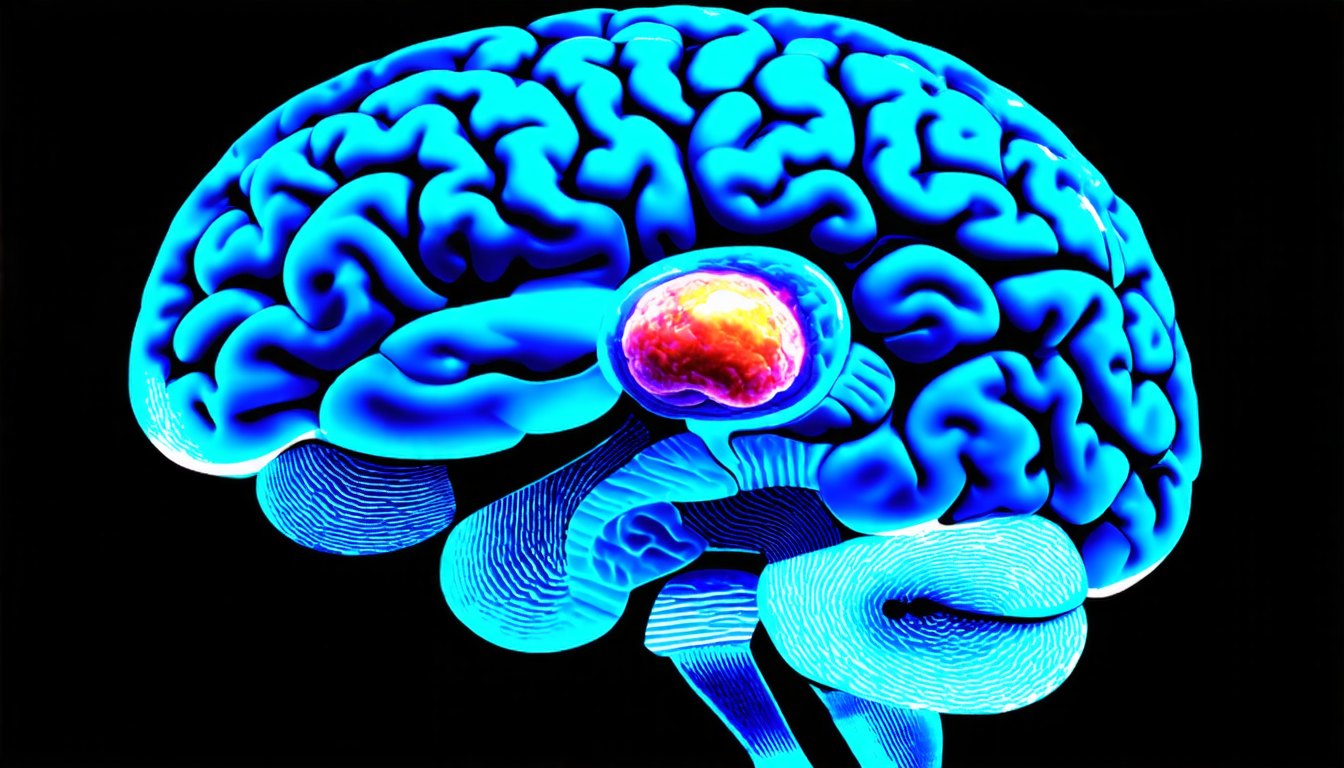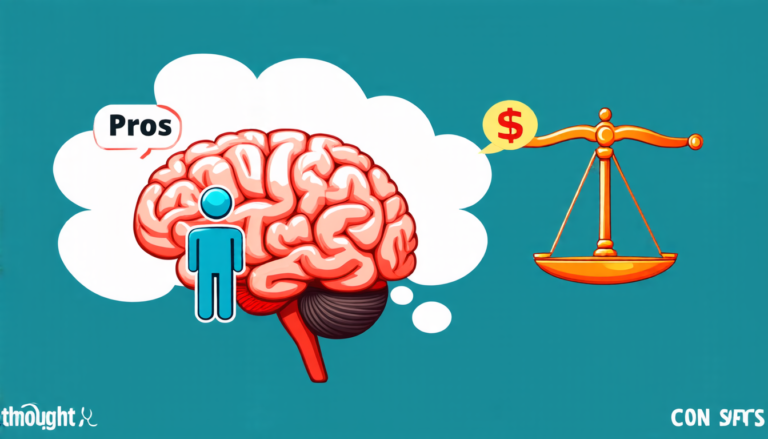Saturday 22 November 2025
Deformable medical image registration is a crucial task in medical imaging analysis. It involves aligning two images of different organs or tissues, taken at different times or using different modalities, to enable accurate comparison and analysis. This process is essential for diagnosing and monitoring various diseases, such as tumors, Alzheimer’s disease, and Parkinson’s disease.
Traditional methods for deformable image registration rely on complex mathematical algorithms and require extensive manual tuning of parameters. These methods often produce suboptimal results, leading to inaccurate diagnoses and treatment plans. In recent years, deep learning-based approaches have shown promise in improving the accuracy and efficiency of deformable image registration.
Researchers have proposed various deep learning architectures for this task, including convolutional neural networks (CNNs), recurrent neural networks (RNNs), and transformer models. These models learn to map input images to a common coordinate system, allowing for accurate alignment and registration.
One key challenge in deformable image registration is the need to balance two conflicting objectives: maintaining the anatomical structure of the images while minimizing the difference between them. This balancing act requires careful tuning of regularization parameters and optimization algorithms.
To address this challenge, a new framework called DARE (Deformable Adaptive Regularization Estimator) has been proposed. DARE uses an adaptive regularization strategy that adjusts its strength based on the gradient norm of the deformation field. This approach ensures that the registration process is both accurate and anatomically plausible.
DARE integrates strain and shear energy terms, which are adaptively modulated to balance stability and flexibility. To prevent non-physical artifacts such as folding, DARE includes a folding-prevention mechanism that penalizes regions with negative deformation Jacobian.
The results of using DARE for deformable image registration are impressive. In experiments involving brain MRI images, DARE outperformed traditional methods in terms of accuracy and efficiency. The framework was also able to register images with large deformations, such as those caused by tumors or brain atrophy.
Moreover, DARE has been shown to be effective in registering images from different modalities, such as CT and MRI scans. This ability is crucial for multi-modality image analysis, which is essential for diagnosing complex diseases that involve multiple tissues and organs.
While DARE represents a significant advancement in deformable image registration, there are still challenges to overcome. For example, the framework may not generalize well to images with extreme deformations or those acquired using different scanners.
Cite this article: “Deformable Image Registration Using Adaptive Regularization Estimator (DARE)”, The Science Archive, 2025.
Medical Image Registration, Deep Learning, Deformable Image Registration, Convolutional Neural Networks, Recurrent Neural Networks, Transformer Models, Adaptive Regularization, Strain Energy, Shear Energy, Folding Prevention Mechanism.







